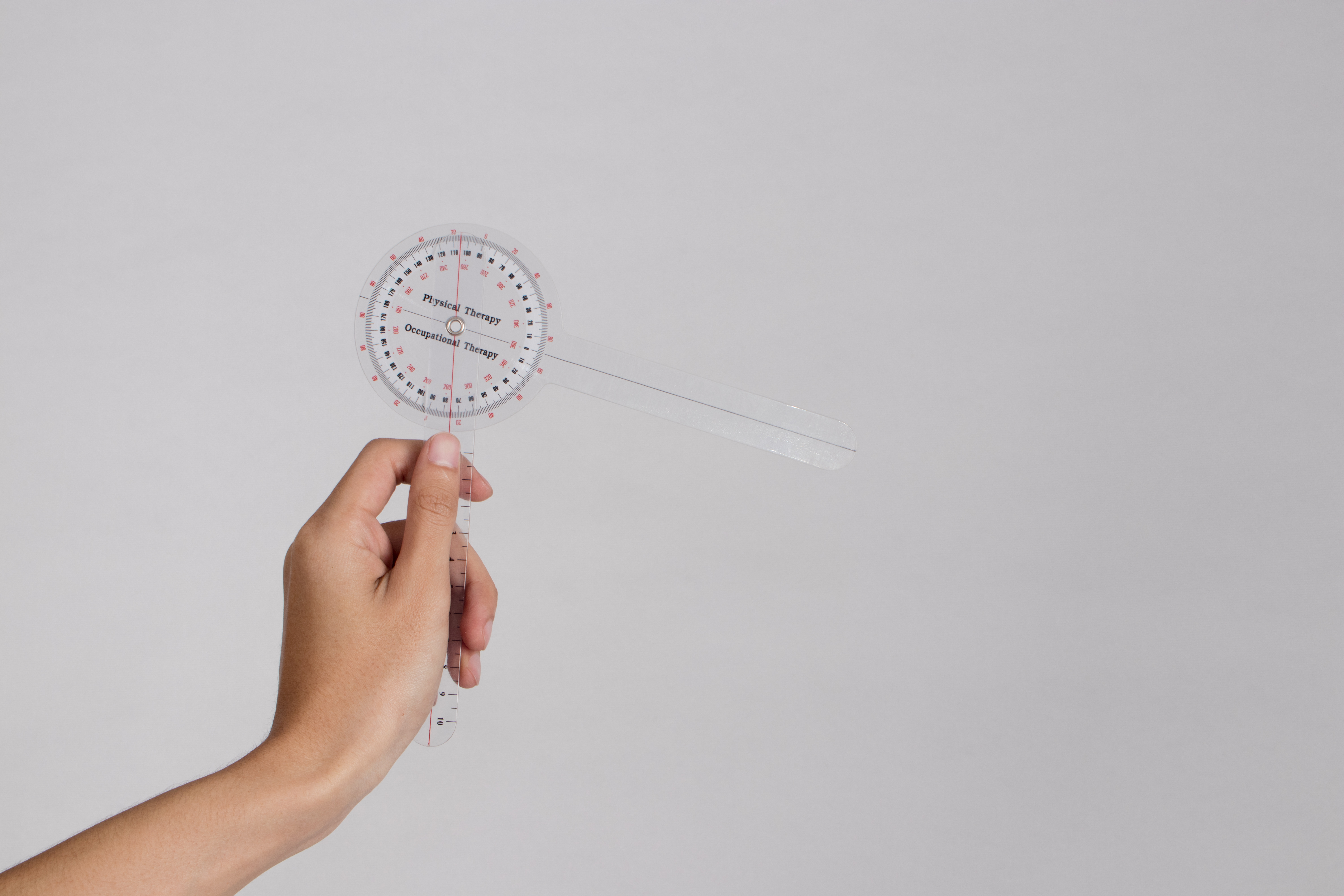

Range of Motion Assessment
June 8, 2023
SimpleTherapy Range of Motion Assessment
Why Do a Range of Motion Assessment?
Measuring range of motion allows you to receive a thorough assessment of the functionality and flexibility of a given joint and its surrounding muscles. Healthy joints and muscles should have no limitations in their mobility and overall movement patterns. Oftentimes, we don’t even realize our range of motion is not optimal and the assessment can allow you to recognize some potential shortcomings that you may not have realized existed prior.
What Impacts Range of Motion?
Range of motion can be impacted for a variety of reasons; some are more serious and tougher to fix than others. Common factors that might contribute to poor range of motion include:
- Muscle Tightness
- Muscles Soreness
- Scar Tissue
- Arthritis
- Muscular Asymmetry
- Disuse syndrome
- Fractures
- Strains & Sprains
What are the Benefits of the SimpleTherapy Assessment?
Although performing a self-assessed range of motion assessment lacks the pinpoint accuracy of seeing a physical therapist in person, there are still numerous benefits in the self-assessed variety.
- Visual Example – Our range of motion assessment provides a clear visual example of proper joint movement. You are able to compare your own movement patterns and range of motion to the visual example provided to you.
- Track Your Progress – SimpleTherapy documents your range of motion scores to see if you are declining, improving, or staying neutral. These scores can be an indication of how much progress you’ve made over a period of time or if you need to start to put some more effort into seeing improvement. If we notice that your range of motion is not improving or is starting to decline, SimpleTherapy will provide you with an option to chat with a clinical team member to assess the next steps.
- Convenience – SimpleTherapy asks you to perform a range of motion assessment(s) for your program once every three sessions. This assessment costs you nothing and does not require you to leave your house and make an appointment.
- Build Self–Awareness – As noted previously, many people don’t even recognize that their joint functionality and range of motion are not optimal. Our assessment can create some much-needed awareness to encourage us to be proactive. While this limited functionality may not be causing you pain now, there is a strong likelihood it can create problems in the future. Tackling an issue like this head-on is the best and most sustainable solution long-term.
Your Journey to Pain Relief
App tracks progress. Step by step guide to pain relief and prevention.
Show resultsFree Newsletter
Stay in the know. Our blogs are written by orthopaedic surgeons.
